Classic Model
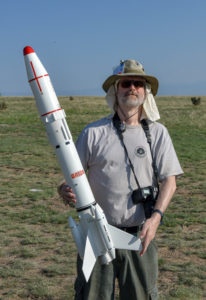 OVERVIEW
OVERVIEWClassic Model is an event that emphasizes craftsmanship while remembering the historic legacy of model rocketry. The purpose of this competition is to produce a flying replica of a classic model rocket kit. The model must have been available for sale in kit form prior to 1990, and the builder must provide documentation to support this. Models that are still in production can be entered in this event, including models that are reproductions of classic kits. However, entries must be built and finished to represent a version of the model available for sale as a kit prior to 1990. The entry can be an upscaled or downsized version of the original model.
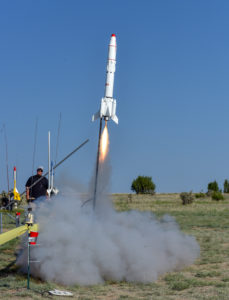
Subjects excluded from this event:
- Models that are reproductions of scale model rocket kits that would be eligible for competition in Scale or Sport Scale
- Models that would qualify for Concept Scale
- Models that would qualify for Plastic Model Conversion Competition
For the full rules for this event, please see the Classic Model rules in the Model Rocket Sporting Code.
SCORING
The score is the total of the Static Judging score and the Flight Characteristics score. In summary:
- Similarity of Outline: 200 points
- Finish, Color, and Markings: 200 points
- Degree of Difficulty: 100 points
- Craftsmanship: 300 points
- Flight Characteristics: 300 points
Highest score wins.
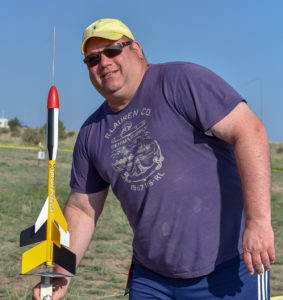
GENERAL TIPS
by Chris Flanigan, NAR 17540
Classic Model is one of the new provisional events introduced by the 2008-2009 RCP cycle. Based on the popularity of the event, it is likely to become a permanent event. The objective of Classic Model is to build a high quality, high fidelity model of a kit introduced prior to 1990.
Data Package. One important issue with Classic Model is the importance of having a good data package. First, you must document that the kit was produced prior to 1990. Internet resources including JimZ Rocket Plans and the vendor catalog archives by Sven Knudson are great resources. In addition, the data package should document outline, colors, decal placement, and other features of the kit. A color photo or an illustration documenting colors is required, just like for a Sport Scale model. Including the kit instructions in your data package is a good idea.
Similarity of Outline. One curious feature of Classic Model judging is that all entries will likely achieve a perfect or near-perfect score (200 points) for Similarity of Outline unless your model departs from the kit plans. Therefore, Similarity of Outline will likely not be a significant point differentiator.
Another issue regarding Similarity of Outline is what kit modifications or enhancements (if any) are allowed. For example, the original kit instructions for the Estes Interceptor include a picture of the vehicle with a strap-on booster on a display launcher. However, the kit does not include parts for the strap-on booster. Is the strap-on booster allowed, or is it considered a kit bash? The rules refer to “a version of the model available for sale as a kit”. Therefore, it’s (probably) not legal to add any parts to the model that weren’t included in the original kit.
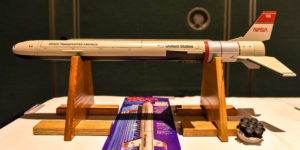 Craftsmanship. Applying good building skills will produce a high Craftsmanship score. This category is most important and has the highest potential contribution to your score (300 points max). An important features is to fill body tube spirals and wood grain as is typically done for scale models. Good quality paint finish using the correct colors is important. Finally, be sure to apply all appropriate decals, and locate them in the correct locations and orientations. The paint colors/pattern and decal locations should match your data documentation package.
Craftsmanship. Applying good building skills will produce a high Craftsmanship score. This category is most important and has the highest potential contribution to your score (300 points max). An important features is to fill body tube spirals and wood grain as is typically done for scale models. Good quality paint finish using the correct colors is important. Finally, be sure to apply all appropriate decals, and locate them in the correct locations and orientations. The paint colors/pattern and decal locations should match your data documentation package.
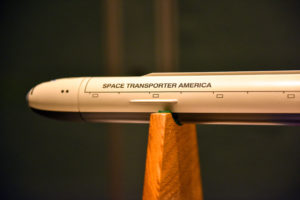 Degree of Difficulty. Degree of Difficulty can contribute to winning Classic Model. However, Degree of Difficulty is only 100 points maximum. Depending on your craftsmanship level, it may be more important to do a great job in building (300 pts) and finishing (200 pts) a simpler model than to do a mediocre job on a difficult model.
Degree of Difficulty. Degree of Difficulty can contribute to winning Classic Model. However, Degree of Difficulty is only 100 points maximum. Depending on your craftsmanship level, it may be more important to do a great job in building (300 pts) and finishing (200 pts) a simpler model than to do a mediocre job on a difficult model.
Flight Points. Flight Points can be important for a winning Classic Model. A good boost, proper recovery of the deployment device, and safe landing with no damage will probably achieve a nominal 100 point flight. A model that includes clusters, staging, gliding recovery, or other special features that were in the original kit will score additional points. However, Mission Points for non-kit features (such as electronic payloads, video cameras, etc.) are not awarded in Classic Model.
Upscale or Downscale. Classic Model entries can be built at the original size of the kit, or they can be upsized or downsized as desired. Building to the original kit size is likely the easiest method to assure full Similarity of Outline score. However, upscaling or downscaling may increase Degree of Difficulty scores.
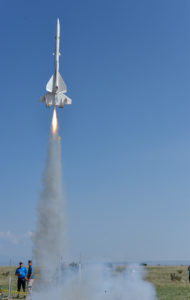
KITS
Some Estes long-running kits, including the Big Bertha and Interceptor, are eligible for Classic Model. These kits are readily available at your local hobby store.
Semroc is an excellent source of classic model kits. Their RetroRepro line includes many great classic kits including the Mars Lander, Orbital Express, SST Shuttle 1, Laser X, and many others. Finally, they have an excellent list of classic kits including release dates, which is helpful for documenting that a model was released prior to 1990.
Some current kits (including the Semroc kits) contain decals that are similar to but not quite identical to the decals in the pre-1990 kits. For example, the Semroc decals for the Mars Lander say “Semroc” instead of “Astron”. Accurate decals for many classic kits (including some up-scaled sizes) are available from Tango Pappa Decals.
Out-of[production (OOP) kits are often sold on eBay and other collector/auction sites. Be sure to check there regularly if there is a particular kit of interest to you. Some old kits (like Maxi Brutes and others) are becoming rare and therefore expensive.